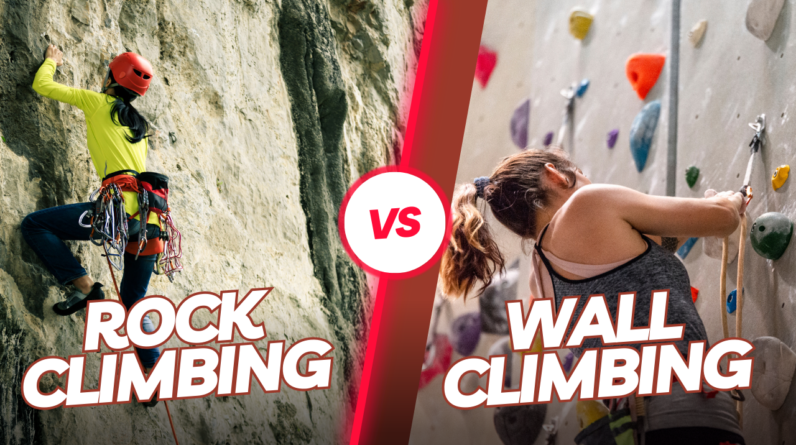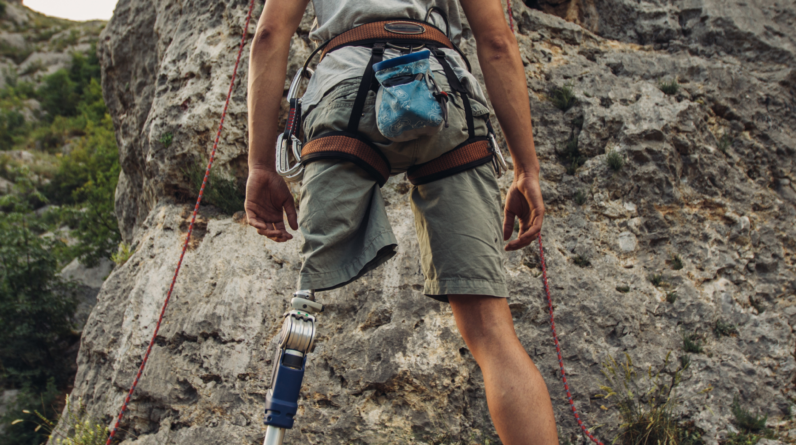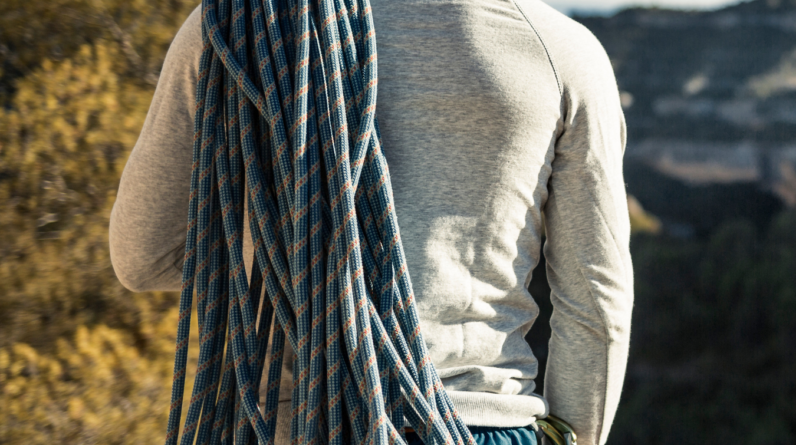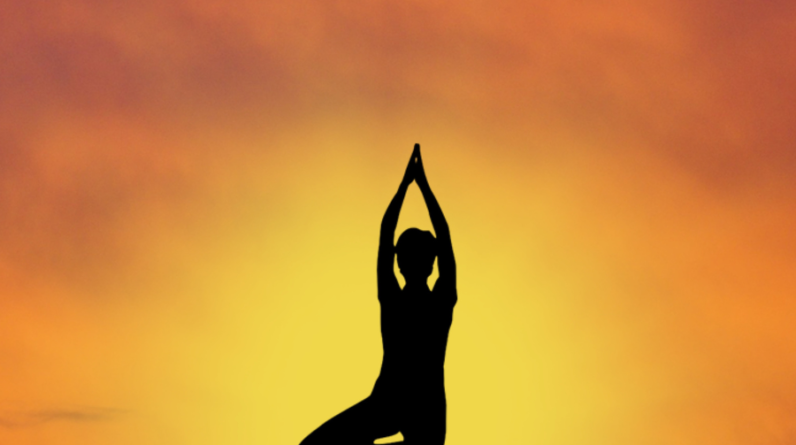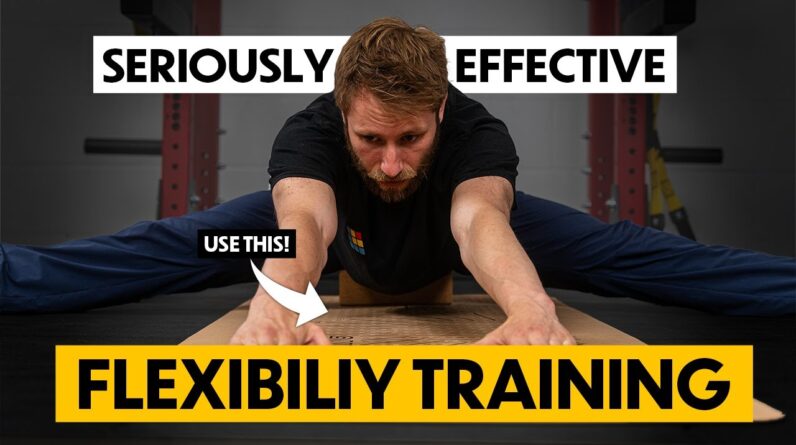
Master Your Climbing Flexibility with These Fun Exercises
Climbing performance is all about skills and one of the most fundamental skills is flexibility. It’s often the first thing to go when climbers are stuck in a training rut, so today we’re going to show you how to use some fun and exciting products to boost your flexibility training and motivate you to reach your goals.
The Side Split
The side split is a pretty common exercise for climbers looking to train their hip adductor flexibility. The key to this exercise is to open up the hips and improve your stemming and bridging positions. With the right mat, you’ll be able to measure your progress and see how wide you’re able to go. The most common method is to go into a wide position, hold an isometric hold for 30 to 60 seconds, and then record the distance you’re able to go. If you want to track your progress, you can also try to go for max distance, but hold the position for a shorter amount of time.
The Horse Stance Squat
Another great exercise for hip adductor flexibility is the horse stance squat, also known as a sumo squat. This exercise involves keeping a wide position and drawing your knees out to improve the length of your inner thigh. By keeping your hips close to the wall, you’ll be able to train your hip abductors and see how your training is improving over time. To progress this exercise, try to widen your stance and build depth within that new width.
The Frog Position
The frog position is a staple exercise for climbers, but it can be hard to see progress with just this exercise alone. With the right mat, however, you’ll be able to measure the width of your knees and see how your hip adductor flexibility is improving. The key to this exercise is getting your hips close to the floor, which is why it’s important to track your progress and see how deep you’re able to go.
The Pancake
The pancake is a great exercise for improving heel hook ability, and it’s one of our go-tos for climbers who want to get better at this skill. This exercise is great for training both hip abductors (the ability to spread your legs in a straddle) and the ability to fold in, which lengthens and shortens your hamstrings. To get the most out of this exercise, try sitting on a block to get an anterior pelvic tilt, and include an external cue to move an object. By reaching forwards rather than folding, you’ll engage your hip flexors and turn this exercise into a hip hinge exercise.
In conclusion, these exercises are a great way to measure your performance, set benchmarks, and improve your range of motion. Whether you’re a seasoned climber or just starting out, these exercises will help you boost your flexibility and reach your goals in no time!

